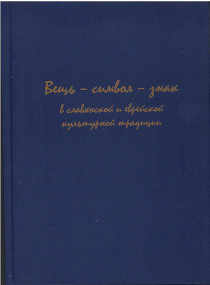Prayer in an Abandoned House: New Apotropaic Practices?
DOI:
https://doi.org/10.31168/2658-3356.2019.15Keywords:
prayer, conspiracy, charm, house, magical practices, social processes in the villageAbstract
The article presents the author’s observations on the relatively littleknown practice of ritual and magical protection of the house left by its owners, from unwanted visitors, thieves, fire, etc. In the middle of a house manuscripts of prayers or texts of other genres that are related to prayers, apparently, from thieves are being left. These manuscripts are placed in an open space on the furniture left in the house, for example, on a table or a closet, and, probably, should be noticed by unexpected visitors. The talisman is not exclusively a special prayer, but any prayer text of any origin (literary or folkloric), the apotropaic texts are also not exactly prayers, but, charms as well; in the folklore genre nomenclature they are also called prayers and are not always separated from the genuine prayers. An observation was made after the inspection of a number of abandoned houses, as well as in a situation where the interlocutor showed an abandoned vil- lage and commented on what he saw. The described method of protection is similar to another one – when a charm or a prayer from thieves is hidden in an inconspicuous and unknown place in the hope that a house left unattended will not be robbed. The practice has arisen recently in connection with migration of the rural population to the cities when village houses are left empty.












